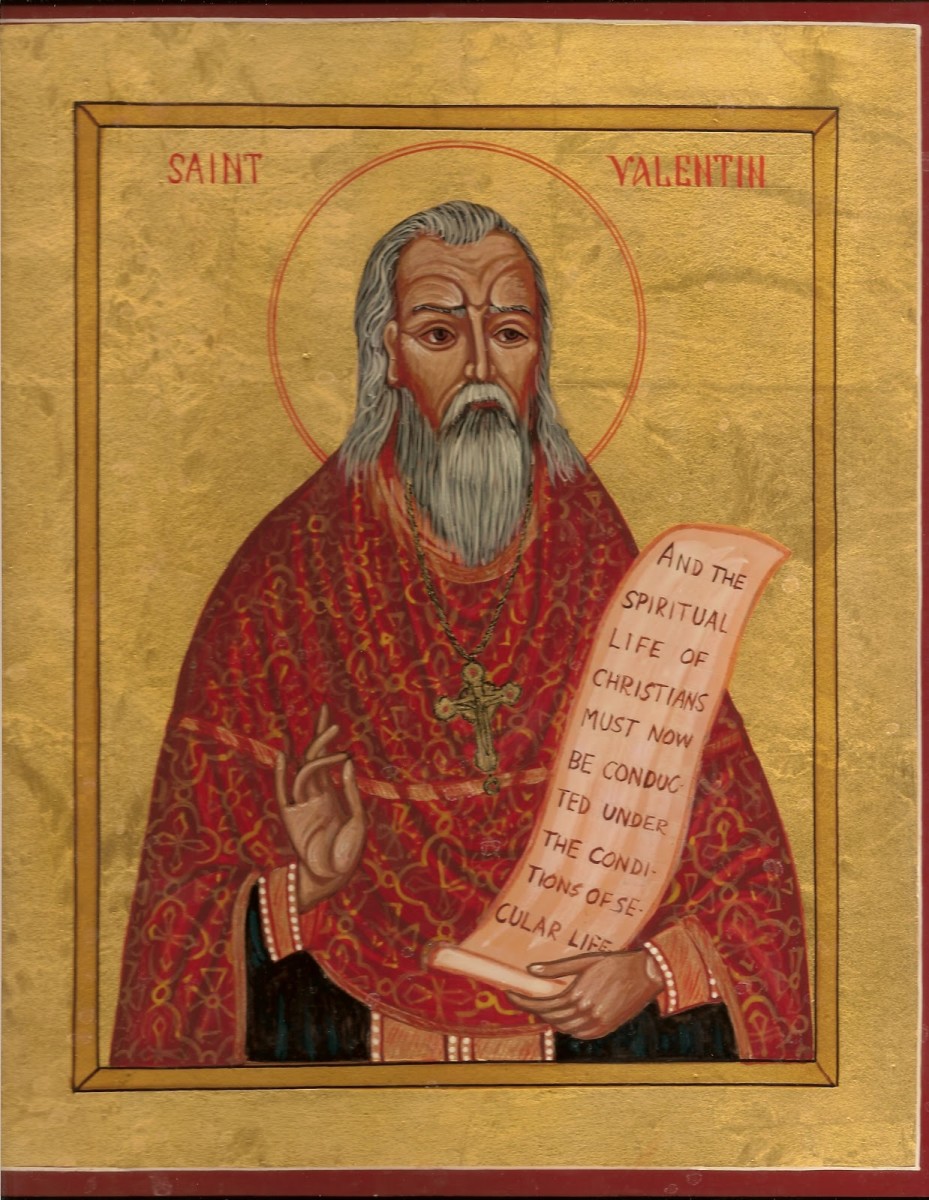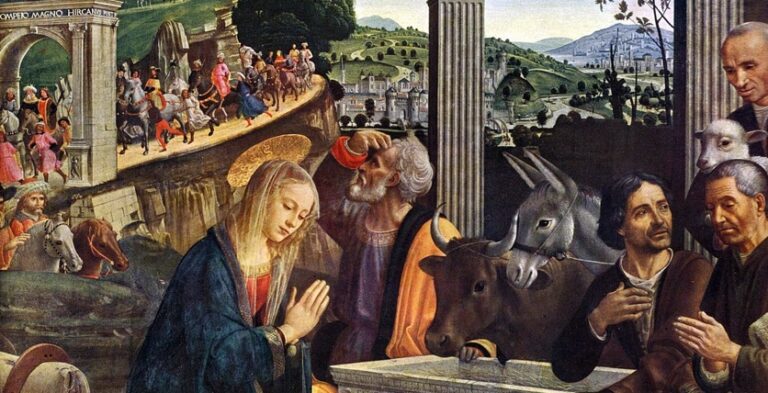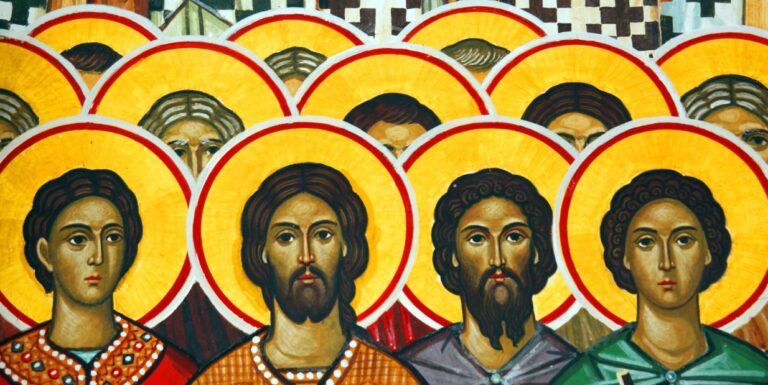
ST. VALENTINE

The tradition of saints in our Catholic Church is filled with legends, myths and inspiration. In reading about St. Valentine, I was reminded of how influential the Church has been in modern culture throughout history. Also, we cannot deny that modern culture and our faith tradition influence each other. How could it be otherwise? The Holy Spirit blows where it will.
So, what does this have to do with St. Valentine? Well, you will read many references that say; ‘This is not a romantic history.’ I would counter that. Maybe it is, because whatever source you read, it would seem that this ancient saint supported young love.
Yes, the St. Valentines of history met a gruesome death. There are actually two stories referenced; a Roman saint either based on the story of a priest in the Roman court in the 3rd century or a bishop at the time. Both stories end in execution by Emperor Claudius II. It is believed that both stories are of the same person.
Some interesting pieces of folklore or fact emerge. St. Valentine worked for the conversion of individuals to the Christian faith. The story goes that St. Valentine was committed to marrying Christian couples. He was imprisoned for evangelizing and spreading the Chrisitan message. In fact, he was challenged to prove the authenticity of Jesus. He restored sight to a judge’s daughter who was blind, resulting in the conversion of his challenger. The historical narrative recounts that St. Valentine was imprisoned and prior to his death, he sent a note to the young woman he had healed. He signed the note “Your Valentine.”
It is also asserted that St. Valentine and the references to love actually date back to a Roman pagan holiday in mid February. Regardless of whether or not this is true, there is devotion to this saint as well as relics housed in churches and religious communities around the world.
Most interesting is the assertion that our secular “Valentine’s Day” has its origins in medieval times and the work of the English poet, Geoffrey Chaucer. This is logical as in the medieval church, saint stories were lauded and dramatized even within the church structures. There is a whole dramatic tradition of acting out the lives of saints and these plays became spectacles and were eventually controversial. The Chaucer reference describes the conference of birds that meet to choose their mates on Valentine’s Day. Thus began the practice of sending cards and love notes during the mid February mating seasons of birds. Interesting. Keep the bird feeder stocked!
Today we have a mid February commercial bonanza of cards and candy and diamonds to demonstrate love. I think the origins of St. Valentine can point us to a deeper understanding of love-a love of agape, with its pain, fragility and commitment, like the love of Christ for humanity. We should never give in to the shallow and common place reference to ‘love’, but rather to this wonderful virtue that holds our lives. God is love. There it is, simple and profound.
I want to leave an image of a positive aspect of this secular holiday. As an elementary teacher, I found it heartwarming to watch students move around the room excitedly dropping Valentines cards into the paper bags on the back of their classmates’ chairs. It was the one day that everyone recognized each other. It is a happy day. There is nothing wrong with championing love. I think St. Valentine would have been okay with Christians, even non-Christians, spreading around some love. Maybe we can do so with a little more prayer and charity, as well as the paper cards.
–Jan Bentham
Jan Bentham is a Retired Religion Coordinator with the Ottawa Catholic School Board. She is a musician, serving in music ministry at St. Ignatius Parish in Ottawa. She currently works at St. Paul’s University with the Catholic Women’s Leadership Program.


